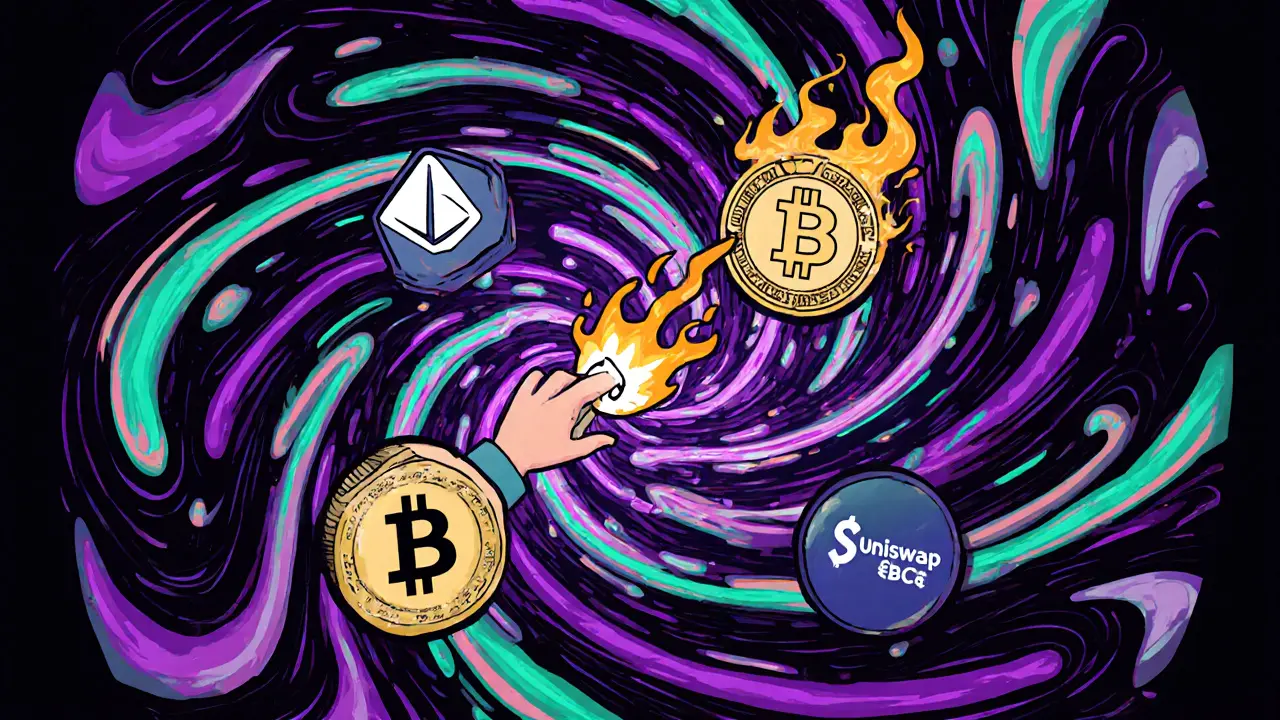Flash Loans: What They Are, How They Work, and Why They Matter in Crypto
When you hear flash loans, a type of uncollateralized crypto loan that must be borrowed and repaid within a single blockchain transaction. Also known as instant loans, they’re one of the most unique tools in DeFi, a system of financial services built on public blockchains without banks or middlemen. Unlike traditional loans, you don’t need to put up collateral. But there’s a catch: you have to return the full amount—plus a small fee—before the transaction ends. If you don’t, the whole deal cancels out like it never happened.
Flash loans work because of smart contracts, self-executing code on blockchains that run automatically when conditions are met. These contracts hold the borrowed funds, track repayment, and roll back the entire transaction if the loan isn’t paid back in the same block. That’s why they’re called "flash"—they last less than a second. This isn’t magic. It’s code. And it’s what makes flash loans possible on networks like Ethereum and Solana. They’re not for holding crypto or buying a house. They’re for arbitrage, collateral swapping, and liquidations—things that only make sense in the fast, automated world of DeFi.
Most flash loans aren’t used by regular people. They’re tools for traders and developers who know how to exploit tiny price gaps between exchanges. For example, if Bitcoin is $60,000 on Exchange A and $60,100 on Exchange B, a flash loan can borrow $1 million, buy BTC on A, sell it on B, repay the loan, and pocket the $100,000 profit—all in one go. That’s the power. But it’s also the danger. If the price moves the wrong way, or the smart contract has a bug, the loan fails, and you lose gas fees. Worse, flash loans have been used to manipulate markets and drain liquidity from DeFi protocols. They’re a double-edged sword: essential for market efficiency, but dangerous in the wrong hands.
What you’ll find in the posts below isn’t a tutorial on how to take out a flash loan. You won’t find guides for beginners. Instead, you’ll see real-world examples of how flash loans connect to bigger crypto trends: how they enable DeFi protocols to function, how they’re tied to exchange hacks and exploits, and how they shape the way tokens move across networks. You’ll also see how they relate to other DeFi tools like liquidity pools, automated market makers, and governance tokens. This isn’t theory. It’s what’s happening on-chain right now.
Use Cases for Flash Loans in DeFi: Arbitrage, Liquidations, and More
Flash loans enable instant, collateral-free borrowing in DeFi for arbitrage, liquidations, and collateral swaps-all within a single blockchain transaction. Learn how they work and why they matter.
